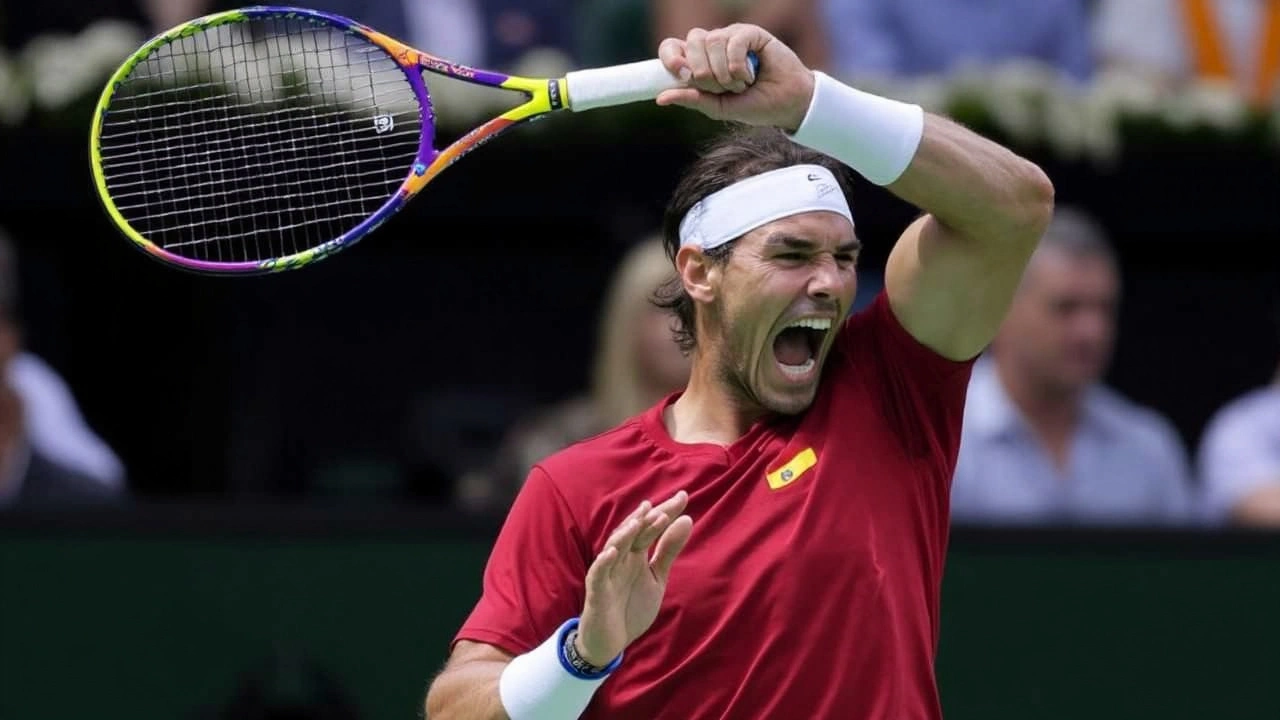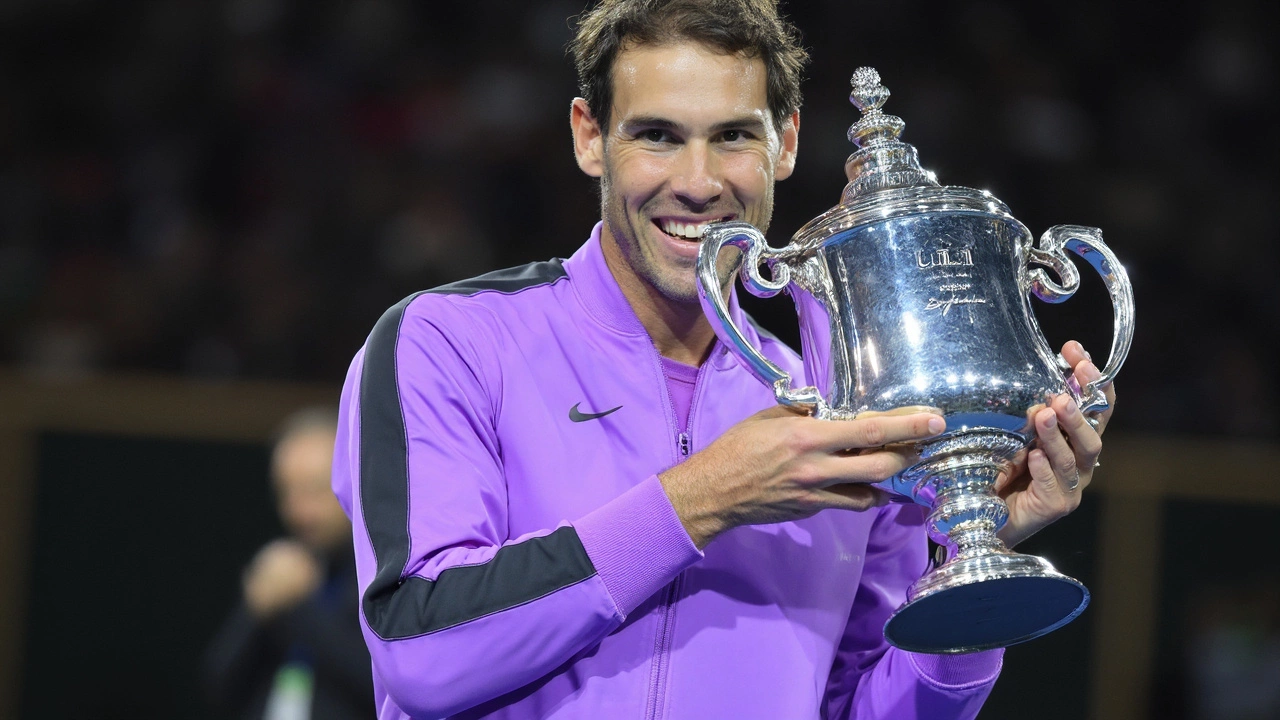Grand Slam titles – the ultimate guide to tennis majors
Ever wonder why the term "Grand Slam" pops up every time a tennis star hits a big milestone? It’s not just fancy talk. A Grand Slam title is the biggest prize a player can win in a single year, and the four tournaments that hand them out are the crown jewels of tennis.
What counts as a Grand Slam?
There are four majors: the Australian Open in Melbourne, the French Open at Roland‑Garros, Wimbledon in London, and the US Open in New York. Each event lasts two weeks, draws the world’s best players, and offers 2,000 ranking points for the winner. Winning any one of them is a career‑defining moment; winning all four in the same calendar year earns the coveted "Calendar Grand Slam".
People also talk about a "Career Grand Slam" – that’s when a player wins each of the four majors at least once over their whole career. It shows versatility because the surfaces differ: hard courts in Melbourne and New York, clay in Paris, and grass at Wimbledon.
How players chase the Slam
Chasing a Slam isn’t just about skill; it’s about handling pressure, staying fit, and adapting to each surface. Most champions plan their season around the majors, peaking for the two weeks leading up to each tournament. Nutrition, sleep, and a solid support team make a huge difference.
Take Novak Djokovic, for example. He’s built a routine that lets him arrive fresh for each Slam, and his flexibility on all surfaces helped him clinch a record‑tying 24 Grand Slam titles. On the women’s side, Serena Williams showed that power and mental strength can dominate on any court, ending up with 23 Slam crowns.
If you’re following the tour, keep an eye on a player’s form in the lead‑up events. A strong performance in the ATP/WTA 500 or 1000 tournaments often signals they’re ready for a Slam run.
For casual fans, the best way to stay in the loop is to watch the opening matches and listen to the commentary. Commentators love breaking down the tactics that work on each surface, so you’ll learn why a heavy topspin works at Roland‑Garros while a serve‑and‑volley game shines at Wimbledon.
When a player’s name pops up as a "potential Slam winner," it usually means they’ve won at least one major before and are in good shape. Look for players who have already taken a title on the same surface – that’s a strong hint they can repeat the success.
Finally, remember that Grand Slam titles are not just about the headlines. Each win adds to a player’s legacy, boosts endorsement deals, and increases their influence on the sport’s future. Whether you’re a die‑hard fan or a newcomer, understanding why these four tournaments matter makes every match more exciting.
So next time you hear "Grand Slam" on the news, you’ll know it’s the biggest prize in tennis, awarded at the Australian Open, French Open, Wimbledon, and the US Open – and you’ll be ready to cheer for whoever grabs the next big trophy.

